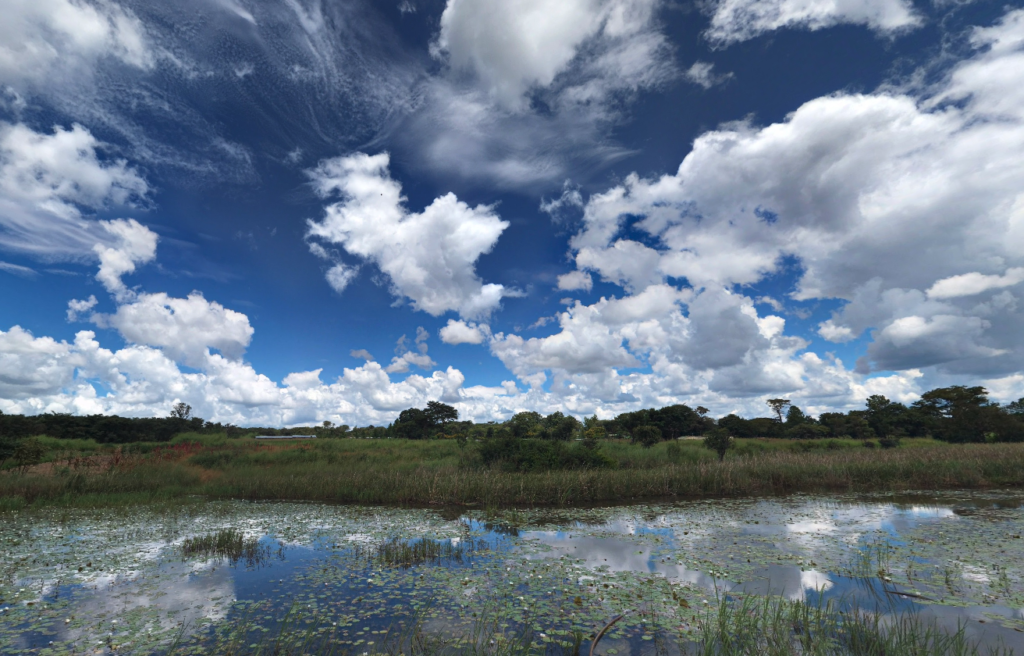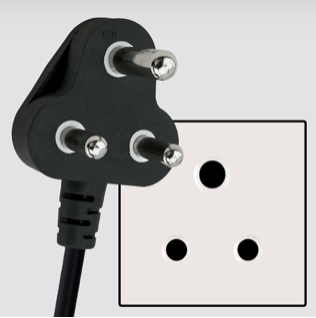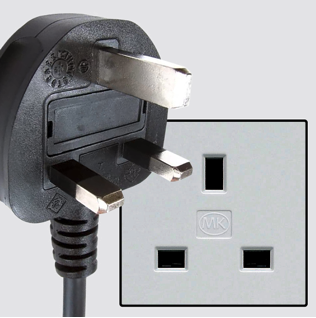Zambia / Republic of Zambia – Let’s explore here

What’s it like in Zambia?
Zambia is a large, landlocked country in central Africa, about three times the size of the UK. It mostly consists of very high plateaus with some hills and mountains. The highest point is Mafinga Central in the north west of the country, at 7,674 ft (2,339 m) above sea level.
Victoria Falls, one of the world’s largest waterfalls, and the Zambezi river are located in the south west of Zambia. It shares land borders with Angola, DRC, Tanzania, Malawi, Mozambique, Zimbabwe, Botswana and Namibia.
The population of Zambia is around 20 million people (2023), boy 10% of whom live in the capital, Lusaka.

A bit about the history of Zambia
Pre-Colonial Era
Before European colonisation, Zambia was home to a variety of ethnic groups, including the Bemba, Tonga, Lozi and Chewa. These groups had established systems of governance, trade and agriculture, with powerful kingdoms such as the Kingdom of Mwata Kazembe and the Lunda Empire exerting influence in the region.
Colonial Period
Zambia was colonised by the British in the late 19th century and was part of the British protectorate known as Northern Rhodesia. The British exploited the country’s rich mineral resources, particularly copper, which would become a key part of the economy. Under colonial rule, the local population faced discrimination and had limited political rights. The struggle for independence was led by movements like the Northern Rhodesian African National Congress, with leaders such as Kenneth Kaunda at the forefront.
Path to Independence
Zambia gained independence from Britain on 24 October 1964, with Kenneth Kaunda becoming the first president. Kaunda’s government, under the banner of the United National Independence Party (UNIP), worked to unite the country’s various ethnic groups and focus on national development. Kaunda also promoted African socialism and pursued policies of state led development, particularly in mining and agriculture.
Post-Independence Challenges
Despite initial optimism, Zambia faced significant challenges after independence. The economy, heavily dependent on copper exports, was vulnerable to fluctuations in global copper prices. Additionally, Kaunda’s government became increasingly authoritarian, with political opposition suppressed, leading to a one party state. By the 1970s, the country faced economic stagnation, inflation and rising debt.
The Transition to Multiparty Politics
In the late 1980s and early 1990s, Zambia faced political and economic crises. Faced with growing public dissatisfaction, Kaunda allowed multi party elections in 1991. The Movement for Multi-Party Democracy (MMD), led by Frederick Chiluba, won a landslide victory, marking the end of Kaunda’s presidency and the return to democratic governance.
Economic Reforms and Challenges
Chiluba’s government implemented economic liberalisation policies, including privatisation of state owned enterprises and market reforms. However, the country’s economy struggled, with high levels of unemployment and poverty. Despite some success in diversifying the economy and reducing inflation, Zambia remained heavily reliant on copper exports. Chiluba’s presidency also saw allegations of corruption, although the country made efforts to improve governance in the early 2000s.
The Rupiah Banda and Michael Sata Years
Rupiah Banda succeeded Chiluba in 2008 following his death. Banda’s government faced numerous challenges, including a global economic downturn, which affected Zambia’s mining industry. In 2011, Michael Sata of the Patriotic Front (PF) won the presidency. Sata’s leadership focused on economic nationalism, infrastructure development, and increasing foreign investment. However, his government was also marked by increasing political tensions, media restrictions and concerns over human rights.
Edgar Lungu’s Presidency
In 2015, after Sata’s death, Edgar Lungu, also from the PF, took office. Lungu’s presidency focused on infrastructure projects, particularly roads and energy, as well as managing Zambia’s debt. However, the country faced economic difficulties, including rising inflation and a significant debt burden. In 2021, Lungu sought re-election but was defeated by Hakainde Hichilema of the United Party for National Development (UPND) in a closely contested election.
Zambia in 2025
As of 2025, Zambia is under the leadership of Hakainde Hichilema, who took office in 2021 after defeating Edgar Lungu. Hichilema’s administration has focused on economic recovery, reducing Zambia’s debt, and improving relations with international lenders. However, the country continues to face challenges, including poverty, unemployment and reliance on copper exports. Hichilema has also worked to improve Zambia’s democratic governance, with promises to reduce political interference and improve the rule of law. While progress has been made, issues such as corruption and regional disparities remain significant obstacles for the country.

Zambia road trip
Our Zambia road trip is part of a much larger African road trip.
Our current planned road trip through Zambia takes us from Botswana, across the shortest border in the world towards the capital, Lusaka, before heading in to Zimbabwe. No doubt we’ll explore the country much more than this continent-spanning short route shows, in particular checking out the capital and inland Zambia.
Hopefully our journey will improve our knowledge of this intriguing and beautiful country, and enable us to meet some interesting people. We’ll be updating this page at that time – don’t forget to check back 🙂
Map of our road trip through Zambia

What’s it like to drive in Zambia?
They drive on the left hand side of the road in Zambia. In the main, roads are quite good, however many are unsurfaced dirt tracks. Driving standards are also quite good.
Do you require an international driving permit in Zambia?
We’ve created a dedicated page to driving abroad, which answers this question, and more, which you might find helpful.
Can you use your UK driving license when driving through Zambia?
We’ve created a dedicated page to driving abroad, which answers this question, and more, which you might find helpful.
Do I need a carnet de passages to drive in Zambia?
A Carnet de Passages is required to overland in Zambia. We’ve created a dedicated page to driving abroad, which answers this question, and more, which you might find helpful.
What currency do they use in Zambia?
In Zambia they use the Zambian kwacha. Cash is widely used. The use of credit / debit cards becoming more widely accepted outside of the capital, Lusaka. Travellers cheques are not readily accepted. There are some ATMs throughout the country.
You should make yourself aware of the amount that your bank charges you for using credit and debit cards abroad. Often credit cards are cheaper for purchasing items directly, and for withdrawing cash from ATMs.
What language do they speak in Zambia?
They mainly speak English and Bemba, Nyanja, Tonga, Lozi, Lunda, Kaonde, and Luvale in Zambia.
What time zone is Zambia in?
Remember, when you’re planning your next trip to take a look at what time zone it’s in.
Do I need a visa to visit Zambia?
We’ve created a dedicated, more comprehensive page on visas, which you should find helpful. Check it out!
Is wild camping legal in Zambia?
Yes, wild camping is fine in Zambia.
What plug / socket type do they use in Zambia?
In Zambia they use plug / socket types C, D and G.



Health issues in Zambia
Is it safe to drink water in Zambia?
No, it is not safe to drink tap water in Zambia. Bottled water is readily available throughout the country.
What vaccinations are required for Zambia?
This NHS website is kept up to date with all relevant information on vaccinations in Zambia.
Phones in Zambia
What is the country calling code for Zambia?
The country calling code for Zambia is +260
What are the emergency phone numbers in Zambia?
- The emergency number for police in Zambia is: 999 / 911
- In Zambia, the emergency number for ambulance is: 999 / 992
- The emergency number for fire in Zambia is: 999 / 993
If you’ve got some useful info that you’d like to share, let us know!
And don’t forget to check out all the other pictures!
